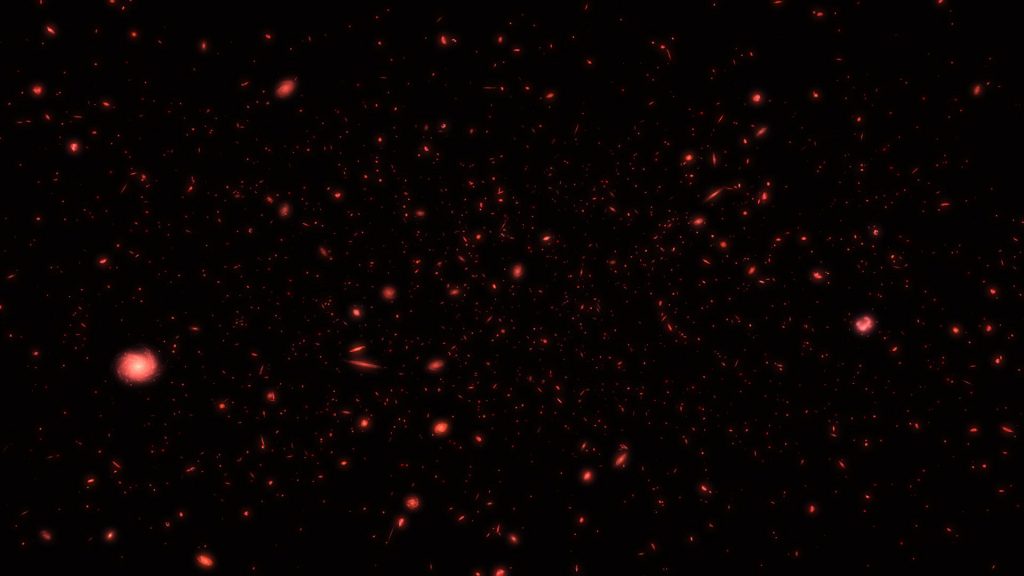The first stars ever to appear in the universe are called Population III stars. They have not been detected but there is a star found in a dwarf galaxy orbiting the Milky Way that can come close to it.
AS0039 is situated in the Sculptor dwarf spheroidal galaxy 290,000 light-years away and it has a chemical composition, meaning it has contents from a Pop III star that went hypernova.
Ása Skúladóttir of the University of Florence in Italy said that it’s not only the lowest metallicity star ever discovered outside of the Milky Way galaxy but it also has the lowest carbon abundance ever seen in any star.
“We are in the presence of a secondary star with exceptional chemical characteristics: Low in iron, AS0039 is not even rich in carbon and has an extremely low amount of magnesium compared to other heavier elements, such as calcium,” Skúladóttir explains in a press statement machine-translated from Italian.
When stars came into being, they started to fuse nuclei in their cores to form heavier elements, leading to iron. Violently energetic events such as supernovae created even heavier elements.
This means that the stars are heavy in metals and if there is a star with low metal content, it means it is old and exists before the heavy metals were incorporated in the stars.
AS0039 is very low in metals indeed and is metal-poor even for its location. It was also found out that this star is even low in the quantity of magnesium and carbon. It means that this star has an unusual origin for the cloud of molecular gas it was formed from.
The star has high calcium and titanium. This can be attributed to the fact that in energetic explosions, you get higher levels of calcium and titanium. This, the team said, could explain the abundance of elements in AS0039.
After running simulations, the best fit was the hypernova explosion of a Pop III progenitor star clocking in at roughly 21 times the mass of the Sun, with an energy of 10 x 1051 erg.
“The study shows that the analysis of stellar fossils allows us not only to indirectly determine the mass of the first stars,” says astronomer Stefania Salvadori of the University of Florence, “but it also provides crucial information about the energy of the first supernova explosions. And therefore on the first steps of the Universe.”
The research has been published in The Astrophysical Journal Letters.

